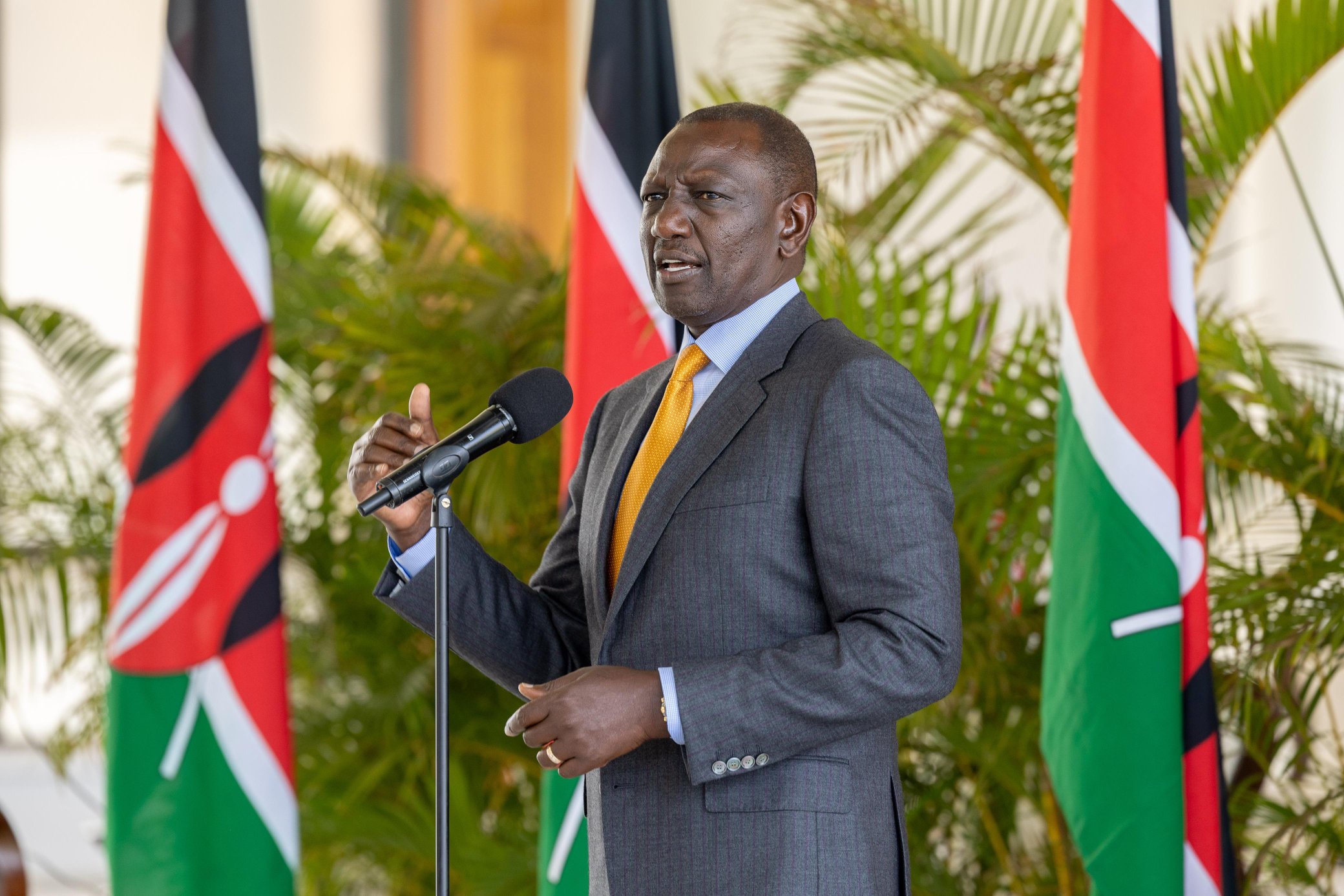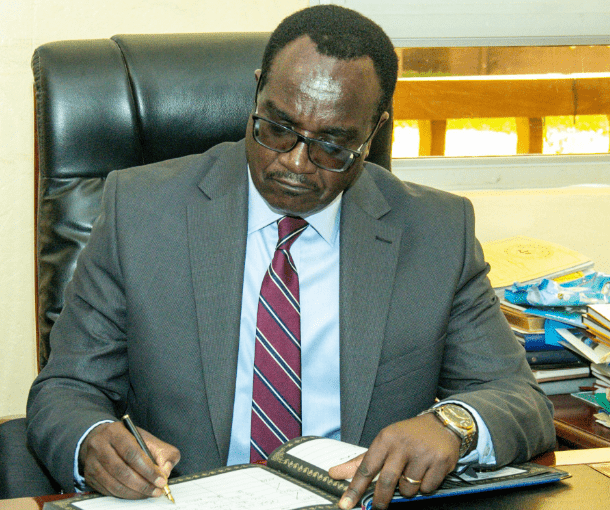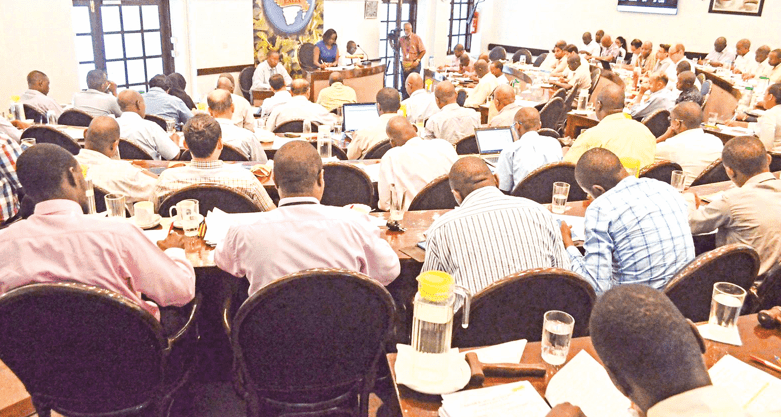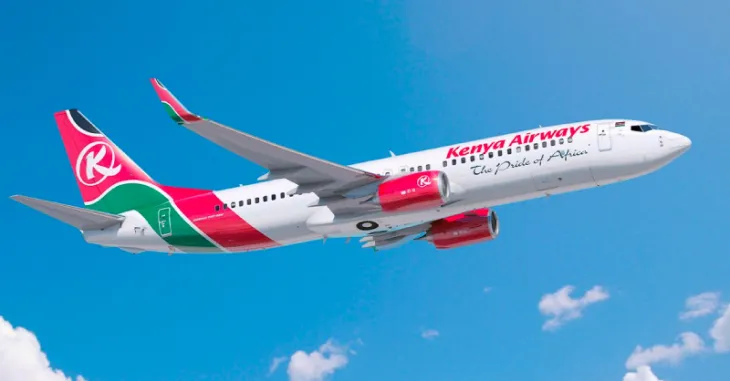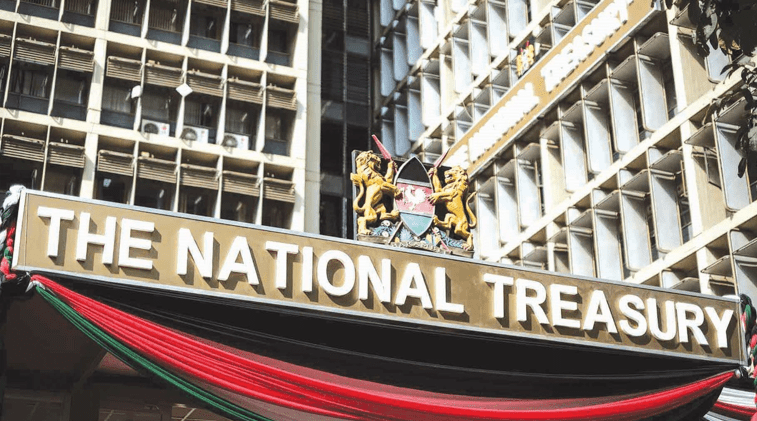CBK allows Equity Bank to acquire assets, liabilities of cash-strapped Spire Bank
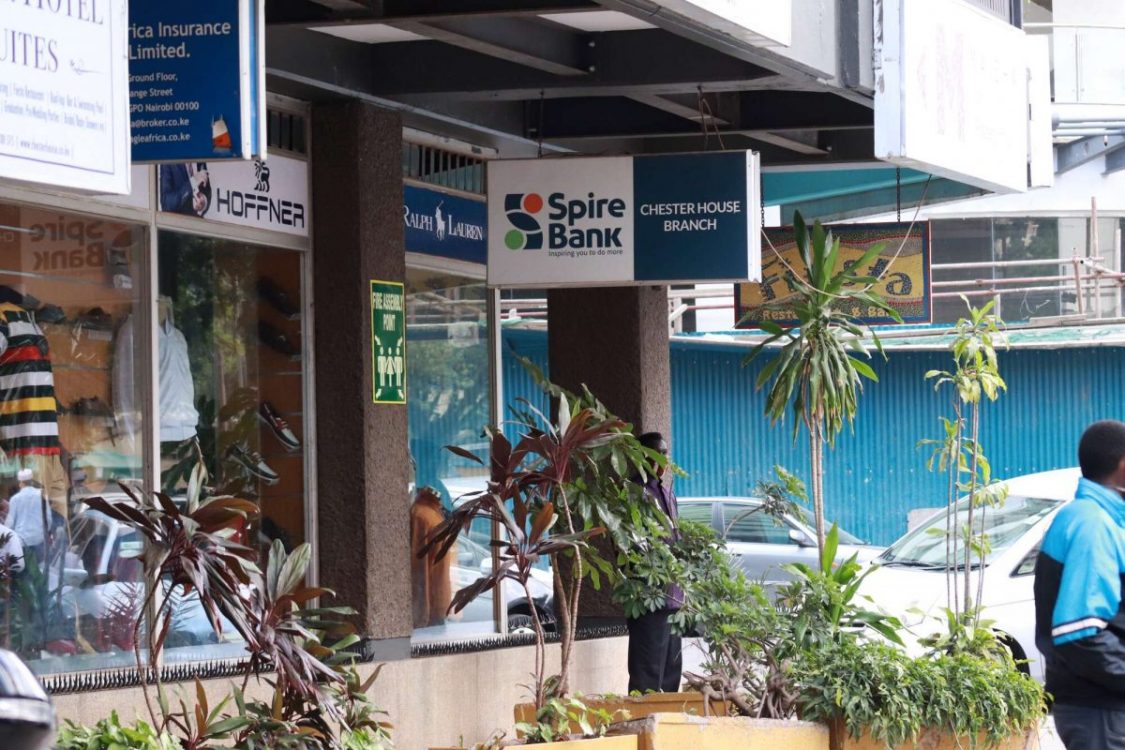
The Central Bank of Kenya (CBK) has approved the acquisition of assets and liabilities of cash-strapped lender Spire Bank by Equity Bank.
In a statement on Monday, January 30, 2023, CBK said that the transaction was approved on January 23, 2023 in a bid to “enhance the stability of Kenya’s banking sector”.
“The Central Bank of Kenya (CBK) announces the acquisition of certain Assets and Liabilities of Spire Bank Limited (Spire) by Equity Bank Kenya Limited (EBKL) effective January 31, 2023. This follows approval by CBK on January 23, and the Cabinet Secretary for the National Treasury and Planning on January 24, 2023, pursuant to Section 9 of the Banking Act,” CBK stated.
Spire formerly known as Equatorial Commercial Bank Limited (ECB) started operations in 1984 as a non-bank financial institution and converted into a commercial bank on December 13, 1995. ECB and Southern Credit Banking Corporation Limited merged their respective businesses with effect from June 1, 2010, and retained the name ECB.
Spire Bank’s history
In December 2014, Mwalimu National Cooperative Savings and Credit Society Limited (Mwalimu Sacco) acquired a majority stake in ECB. Effective May 20, 2016, the bank changed its name to Spire Bank Limited. It was ranked 39 out of 39 banks in terms of market share as of December 31, 2022, with a market share of 0.01 percent with 12 branches across the country.
Equity Bank was ranked second out of 39 banks in terms of market share as of December 31, 2022, with a market share of 12.5 percent with 191 branches across the country.
As of January 2022, Spire Bank’s core capital stood at a negative of Ksh2.6 billion which is against CBK’) ‘s threshold. Every lender is required to have a core capital of at least Ksh1 billion.
At the time, the bank’s core capital was beneath total deposit liabilities by 55 per cent against an eight percent coverage requirement and total risk-weighted assets at negative 61.8 percent against a 10.5 per cent regulatory threshold.
It had a liquidity ratio of 7.7 percent which is 12.3 percent below CBK’s threshold.

